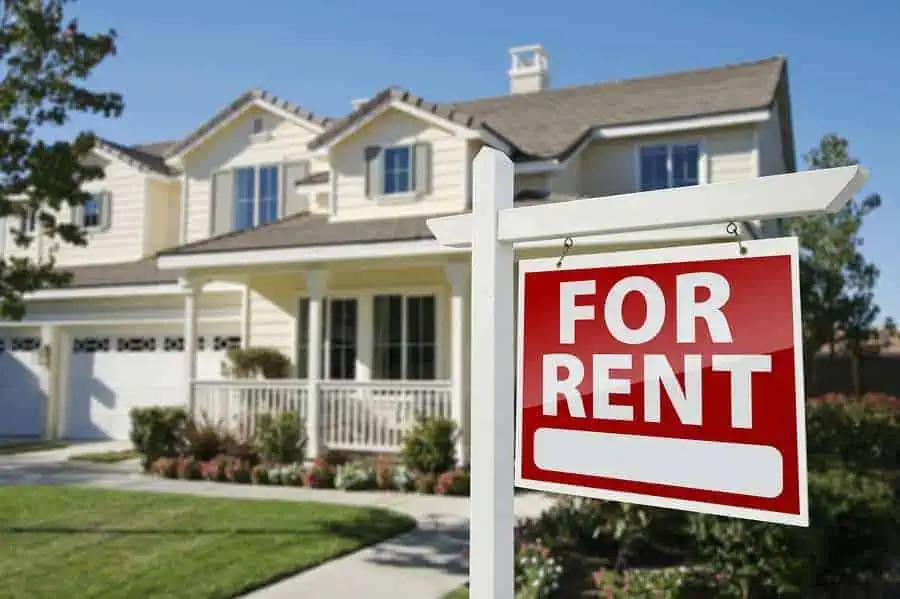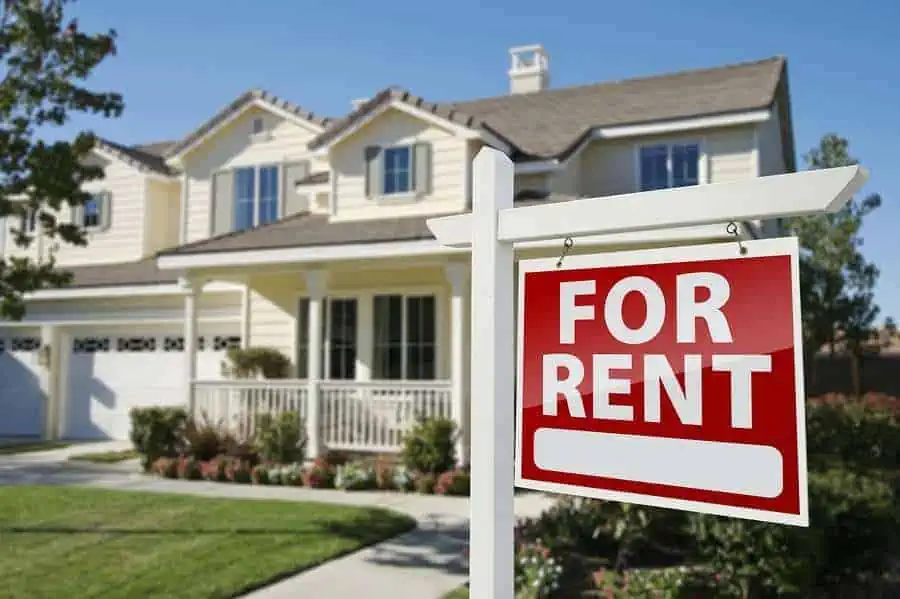
What is a Live in Landlord?
A live in landlord, or resident landlord, rents out a room or portion of their home to a tenant, in this case known as a “lodger”. So, if you’re the lodger, you don’t live in the property alone – the landlord lives there with you.
Why Choose a Live in Landlord
For many Californians, it’s cheaper to rent a room or part of a property than it is to rent a whole apartment. Some lodgers also enjoy having the extra company, or feel safer than living by themselves.
What’s more, since the landlord lives in the property with you, they’re keeping a close eye on the premises, so they can (or should) quickly repair problems as they arise.
How to Avoid Problems with a Live in Landlord
Sure, live in landlords have their benefits, but living with your landlord is not always plain sailing. To avoid issues that may arise in such circumstances, it is recommended to set rules and guidelines in the rental agreement. If you’re unsure how to do this, contact an attorney before signing any agreements with a prospective landlord.
However, in the meantime, we have created a list of how to avoid common landlord problems to help prepare you and make the transition easier.
If the situation arises where you have the option to be a live in landlord or a tenant with a live in landlord, understand that issues are likely to arise more often than without a live in landlord.
Below are 7 steps on how to avoid problems with a live in landlord. If followed, it should ease any probability of issues arising.
1. Check Privacy Laws and Rental Agreement
The first step on how to avoid problems with a live in landlord is to have a look at the privacy laws and the rental agreement.
The landlord’s rules and expectations should be in terms of the living arrangement.
Example:
The rules must be complied with in terms of sharing common areas of the house.
2. Understand the Landlord Tenant Rules, Regulations and Laws
As a landlord, it’s your responsibility to comply with the applicable laws. These rules regulate everything from rent to termination, and the lodger or tenant could sue you if you break the law.
3. Ensure agreement with all the rules of tenancy that are set in the Rental Agreement
Both parties must agree that no changes may be made to the rules without giving the tenant adequate notice, for example 30 days notice. Otherwise, the lodger may not have enough time to find alternative living arrangements if they’re unhappy with the proposed changes.
4. Set boundaries
There must be set boundaries between the landlord and the tenant, particularly if you are living in the same house. Each party should be entitled to their privacy and should be respected. Even if you get along well, understand that you’re in a tenant-landlord relationship and it’s important to respect each other’s personal space.
5. Avoid Underlying Tension
It is possible that there may be underlying tension through living with a landlord.
In some instances, the landlord may fail to confront the tenant on something which can create a tense and passive aggressive environment.
To avoid this, it is best to address any issues that may arise as they happen between the individuals to avoid any pending tension.
6. Avoid using familiarity as a means to act in breach of the Rental Agreement
It is possible to become friends or closer to your landlord due to the close circumstances. To avoid landlord problems do not use this familiarity to act in breach of the Rental Agreement.
For example:
Failing to pay rent or comply with rules and using your familiarity as a basis for resolving the dispute.
Every dispute that relates to the tenancy agreement must be dealt with as any other tenant and landlord relationship.
7. Seek out Legal Protection
One of the most important ways on how to avoid problems with a live in landlord is to ensure that prior to the conclusion of the rental agreement, both parties seek out legal protection.
This is especially important if the parties have a long standing relationship.
Legal protection can safeguard both parties in the event that something happens that could threaten either party. With the legal protection it is also more likely to salvage the relationship after any issue arises.
That completes the list of 7 steps on how to avoid problems with a live in landlord. If you take these steps into account before and during your time with a live in landlord you highly decrease your chances of any issues arising.
If you’re like many (including myself) you may ultimately decide being a landlord, especially a live in landlord, isn’t worth the hassle.
If that sounds like you and you’re thinking, “I want to sell my house fast ,” you’re in luck!
We buy houses in Los Angeles AND we buy houses in Orange County. So anywhere in Southern California, we are who you should call to receive a cash offer on your home.
